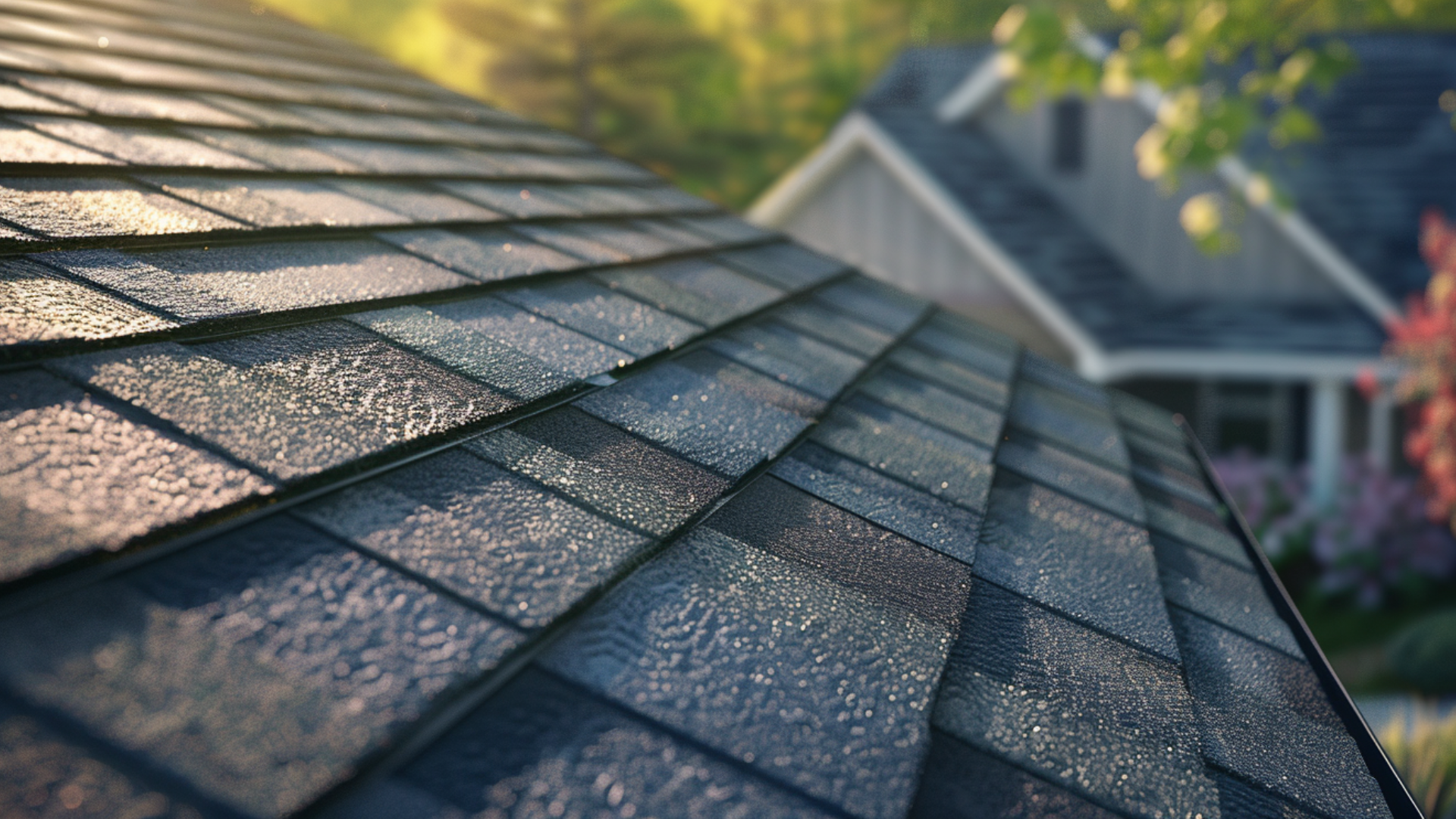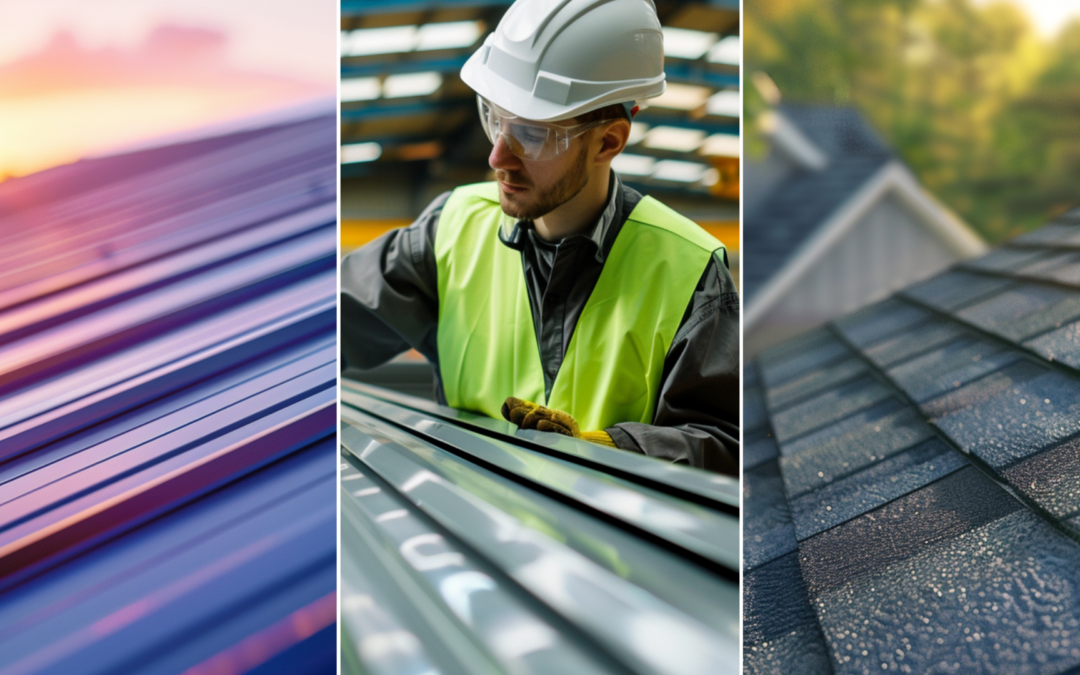Understanding Roofing Fire Ratings
Roofing fire ratings are crucial for understanding your building’s safety and compliance. These ratings classify roofing materials based on their fire resistance capabilities, helping to prevent the spread of fire and protect the structure in case of a blaze. By familiarizing yourself with roofing fire ratings, you can decide which materials best suit your building requirements and local regulations. Additionally, knowing these ratings allows you to prioritize fire safety during roofing renovations or new constructions, reducing potential risks and ensuring the longevity of your roofing system.
Importance of Considering Fire Ratings in Your Roofing Materials Selection
Considering fire ratings in your roofing materials selection is crucial for ensuring safety and compliance with building regulations. Fire ratings indicate how well a material can resist fire or contribute to its spread, making them essential for protecting your property and occupants. Choosing materials with appropriate fire ratings can mitigate fire hazards and lower insurance premiums. Additionally, understanding fire ratings helps you select roofing materials suitable for your local climate and building type, ensuring long-term durability and peace of mind. Ultimately, prioritizing fire ratings in roofing material selection enhances safety and resilience against fire incidents.

Roofing Fire Ratings - Factors Affecting Roof Fire Rating - Sky Roofing Construction & Remodeling
Factors Affecting Roof Fire Rating
The fire rating of a roof is determined by several factors that can impact the classification of roofing materials. These factors include the type and quality of the roofing material, the presence of fire-resistant coatings, the underlying material’s thickness, and the roof’s design and construction. Additionally, the slope of the roof and the proximity of neighboring structures can also affect the fire rating. Specific elements such as ignition resistance, flame spread, smoke development, and heat release are considered when determining a roof’s fire rating. Homeowners must understand these factors and elements before choosing roofing materials for their home renovation, as fire-resistant roofs with higher fire ratings offer increased safety and protection against potential fire hazards. By considering these factors, including the use of fire-resistant roofing materials, roofing contractors ensure the safety and security of their homes.
Material Composition
The material composition of roofing products varies, with different options offering unique properties and advantages. One common material used in roofing systems is asphalt shingles, composed of a fiberglass mat or an organic felt soaked in asphalt and covered with granules. Asphalt shingles are affordable, durable, and available in various colors and styles. Another option is metal roofing made from aluminum, copper, or steel. Metal roofs are known for longevity, as they resist fire, rot, insects, and mildew. They are also energy-efficient and can be recycled at the end of their lifespan. Clay and concrete tiles are another popular choice, typically composed of natural materials that make them highly resistant to fire, wind, and impact. These tiles are known for their durability and can withstand extreme weather conditions. Lastly, there are wood shakes and shingles, which are typically made from cedar or redwood. Wood roofing offers a natural and rustic look, with the added benefit of being a renewable material. However, they may require more maintenance and are less fire-resistant than other options.
Roof repairs are often necessary to maintain the integrity of a roofing system. Different roofing manufacturers offer products tailored to various climates and environmental conditions. Rubber products are sometimes used in roofing systems for flexibility and weather resistance. However, it is essential to be cautious of using combustible materials in roofing, as they can pose a fire hazard. Applying retardant chemicals can help reduce the fire risk by slowing the spread of flames. Additionally, roofing materials should be tested for resistance to intermittent flame exposure to ensure safety and compliance with fire safety standards.

Roofing Fire Ratings - Installation Methods - Sky Roofing Construction & Remodeling
Installation Methods
When it comes to roofing fire ratings, understanding the various installation methods is crucial. The three primary installation methods are direct, network, and remote. In direct installation, the roofing materials are applied directly to the roof deck, which offers excellent fire resistance. On the other hand, network installation involves interlinking multiple layers of roofing materials to achieve a higher fire rating. This method typically requires additional steps, such as applying a base sheet followed by a top sheet. Lastly, remote installation creates a gap between the roofing materials and the roof deck, protecting against fire. It involves installing a layer of rigid insulation or a separate support system before placing the roofing materials. Understanding the steps and procedures involved in each method and any prerequisites or considerations empowers homeowners to make informed decisions about their roofing fire ratings before undertaking a home renovation project.
Proper installation instructions ensure roofing materials perform as expected, particularly concerning fire ratings. Special installation techniques may sometimes be required to meet specific fire safety standards. Regular roof inspection is crucial to maintaining the integrity and safety of the roof structure over time. Roof design plays a significant role in determining the overall fire resistance of the roofing system. The roof surface must be adequately prepared and maintained to ensure optimal performance. Different roof types, such as flat or sloped roofs, may require unique approaches to installation and maintenance to meet fire safety requirements.
Building Codes and Regulations
Building codes and regulations are crucial in ensuring the safety and protection of buildings and their occupants. These codes and regulations cover many aspects, including fire safety. When it comes to roofing, understanding roofing fire ratings is essential for homeowners, contractors, and architects alike. This knowledge helps make informed choices during home renovations and ensures that the roofing materials comply with the local building codes and regulations. By familiarizing themselves with roofing fire ratings, individuals can assess the fire resistance of different roofing materials, understand their performance during a fire, and make informed decisions to enhance the fire safety of their homes.
Additionally, knowing roofing fire ratings enables individuals to comply with insurance requirements and qualify for discounts, as some insurance companies offer lower rates for homes with fire-resistant roofing systems. Assembly fire rating is critical, as it assesses the overall fire resistance of the entire roofing assembly, not just the individual components. Untreated wood shakes, for instance, have a lower fire rating than other materials and may need to meet building code requirements in certain areas. Complex roofs with intricate designs and multiple levels may present additional challenges in achieving optimal fire resistance and require special attention to ensure compliance with fire safety standards.
Underwriters Laboratories (UL) Certification
The Underwriters Laboratories (UL) certification process is essential to understanding roofing fire ratings. To obtain UL certification, companies must adhere to specific evaluation procedures and standards set by UL. This involves testing roofing materials to assess their fire resistance and performance. The documentation requirements for UL certification include providing detailed information about the product’s construction, ingredients, and manufacturing processes. Additionally, testing procedures involve subjecting roofing materials to different heat and flame exposure levels to determine their fire rating. The associated costs and timeframes for acquiring UL certification can vary depending on the complexity of the product and the number of tests required. However, obtaining UL certification is crucial for ensuring the safety and reliability of roofing materials when undergoing a home renovation project.
Role of UL in Testing and Certifying Roofing Materials
UL (Underwriters Laboratories) is crucial in testing and certifying roofing materials, specifically for fire classification. UL conducts various tests to evaluate the fire performance of roofing components and determine their fire ratings. These tests assess flame spread, heat release, burning brand, and ember generation. The performance of specific roof components, such as the underlayment, shingles, and roof deck, also plays a significant role in achieving fire ratings. By testing and certifying roofing materials, UL ensures they meet the necessary safety standards and help homeowners make informed decisions regarding their home renovation projects. Understanding the role of UL in testing and certifying roofing materials is essential for individuals interested in improving the fire safety of their homes and protecting their properties from potential fire hazards.
How to Verify if a Roofing Material has UL Certification
Specific steps can be followed to verify certification for particular steps. First, it is essential to understand that UL certification ensures that the roofing material has undergone testing and meets specific fire resistance standards. One should locate the UL label or listing number on the roofing material to check for UL certification. This label or number is usually found on the packaging or product itself. Once the UL label or listing number is found, it can be verified on the UL website. Users can confirm whether the roofing material has obtained UL certification for fire resistance by entering the label or listing number on the UL website. This verification process ensures that the roofing material chosen for a home renovation project meets the required safety standards and provides fire protection.

Roofing Fire Ratings - Types of Fire-Rated Roofing Materials - Sky Roofing Construction & Remodeling
Types of Fire-Rated Roofing Materials
When it comes to home renovations, one crucial aspect that homeowners should consider is the fire resistance of their roofing materials. Understanding the different types of fire-rated roofing materials is essential to ensure the safety and protection of your home and loved ones. By gaining insights into these materials, you will be better equipped to make informed decisions when selecting the most suitable roofing option for your home. Whether you are in an area prone to wildfires or want to enhance the fire resistance of your property, learning about the different fire-rated roofing materials will undoubtedly prove beneficial. So, let’s dive into the world of fire-rated roofing and discover the solutions that can provide peace of mind and protection.
Metal Roofs
Metal roofs offer numerous benefits and features, making them an attractive option for homeowners. Firstly, they are highly fire resistant, providing added safety and protection to homes. They can withstand intense and gas flames, making them safer than other materials. Additionally, metal roofs have an exceptionally long lifespan, often 50 years or more, saving homeowners money on replacement costs in the long run. Choosing a metal roofing system that has passed the Class A tests for fire resistance is crucial to ensure maximum safety and compliance with building codes.
While metal roofs may offer fewer color and style options than standard roofing materials like asphalt shingles, various choices are still available to suit different aesthetic preferences. Homeowners can select from a range of colors and styles, such as standing seam or corrugated metal, to enhance the appearance of their homes.
Clay Roof Tiles
Clay roof tiles have a long history of use, especially in warm climates and large cities where the risk of fire spread is a significant concern. These tiles possess properties that make them highly resistant to fire and heat, earning them a Class A fire rating. However, specific challenges and considerations should be considered when installing clay tiles. One of the main factors is the need for proper installation to ensure Class A fire protection maintenance. More installation procedures can be needed to maintain the fire resistance of the tiles. Therefore, hiring experienced professionals who are well-versed in the correct installation techniques is crucial.
Fiberglass Asphalt Composition Shingles
Fiberglass asphalt composition shingles are a popular roofing material due to their numerous features and benefits. These shingles are made from a combination of fiberglass and asphalt, which gives them exceptional durability and longevity. One of their key advantages is their fire protection capabilities, as they have a high fire rating that helps prevent the spread of flames. This makes them a good choice for areas prone to wildfire exposure. Additionally, fiberglass asphalt composition shingles are affordable compared to other roofing options, making them cost-effective for homeowners on a budget.
Glass fiber composition shingles are another variant, offering similar fire resistance and durability benefits. Although they require periodic maintenance, such as cleaning and inspections, they are relatively easy to maintain. However, these shingles may experience wear and tear over time and eventually need replacement.
Sky Roofing Construction & Remodeling: Ensuring Safety with Roofing Fire Ratings
Roofing fire ratings are crucial for understanding your building’s safety and compliance. These ratings classify roofing materials based on their fire resistance capabilities, helping to prevent the spread of fire and protect the structure in case of a blaze. By familiarizing yourself with roofing fire ratings, you can decide which materials best suit your building requirements and local regulations. For expert advice and to schedule a roofing consultation, contact Sky Roofing Construction & Remodeling (https://skyroofingconstructiontx.com) at (210) 942-9797.
Tasha Davis is a knowledgeable contributor to Sky Roofing Construction & Remodeling, with a specialty in roofing project management and customer service excellence. Tasha’s experience in overseeing large-scale roofing projects ensures that her writing is both practical and customer-focused, providing homeowners with tips on navigating the roofing process smoothly and ensuring their satisfaction from start to finish.

